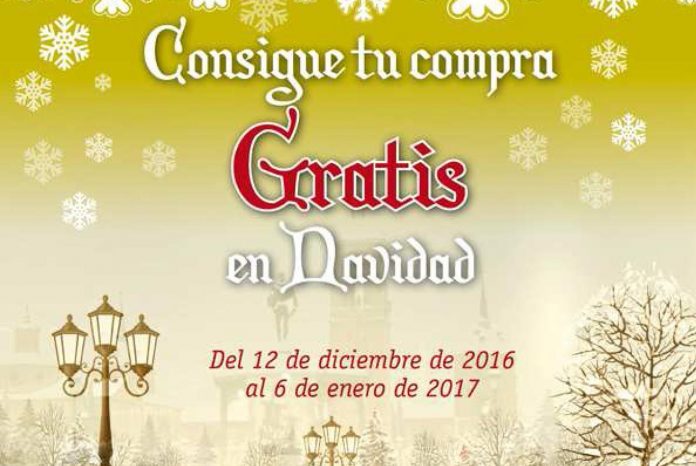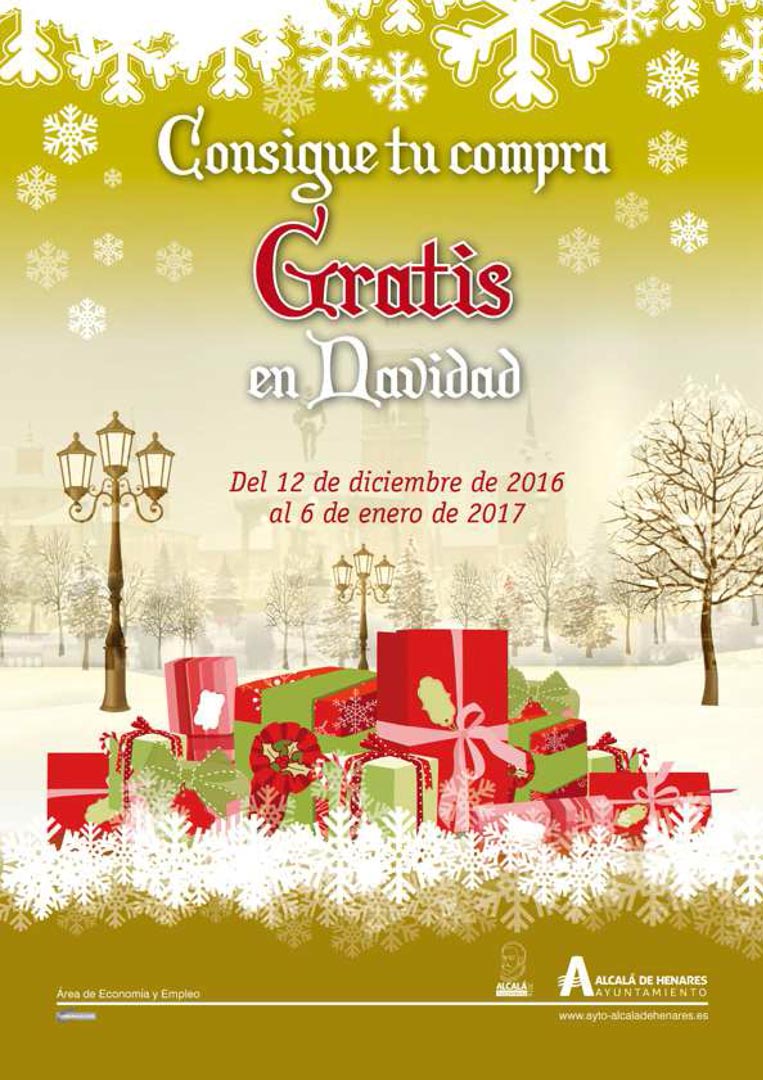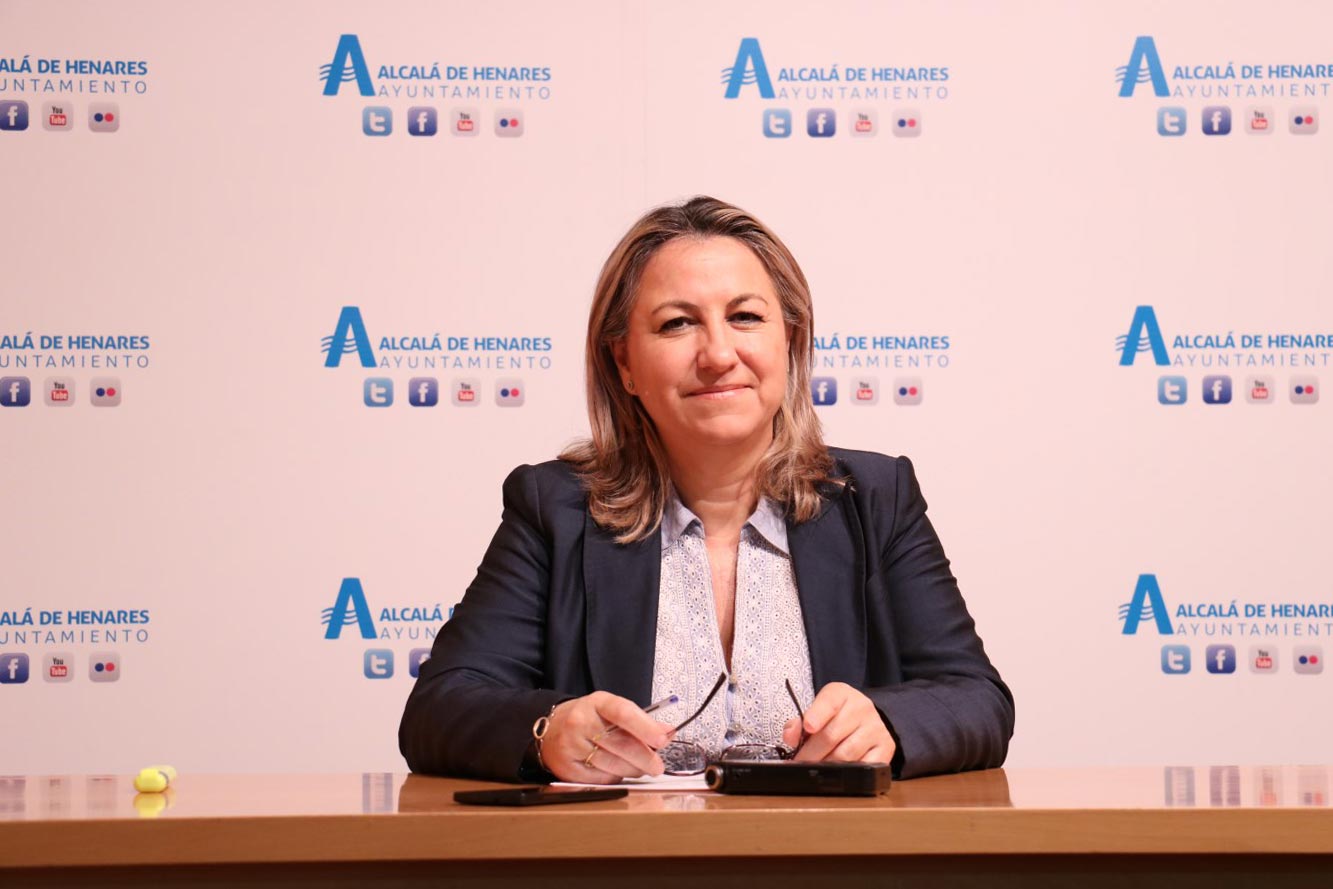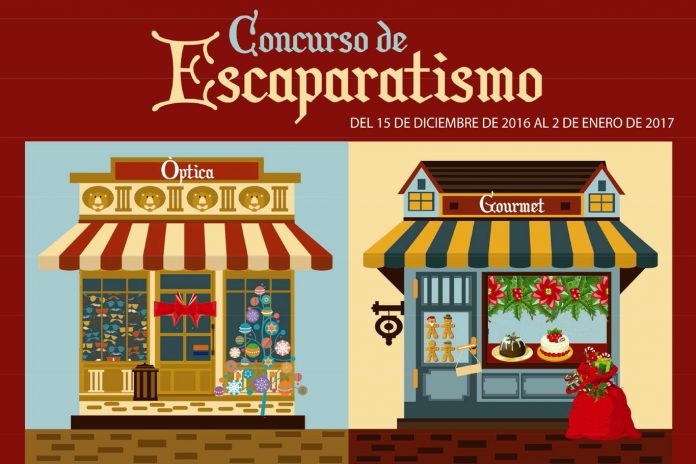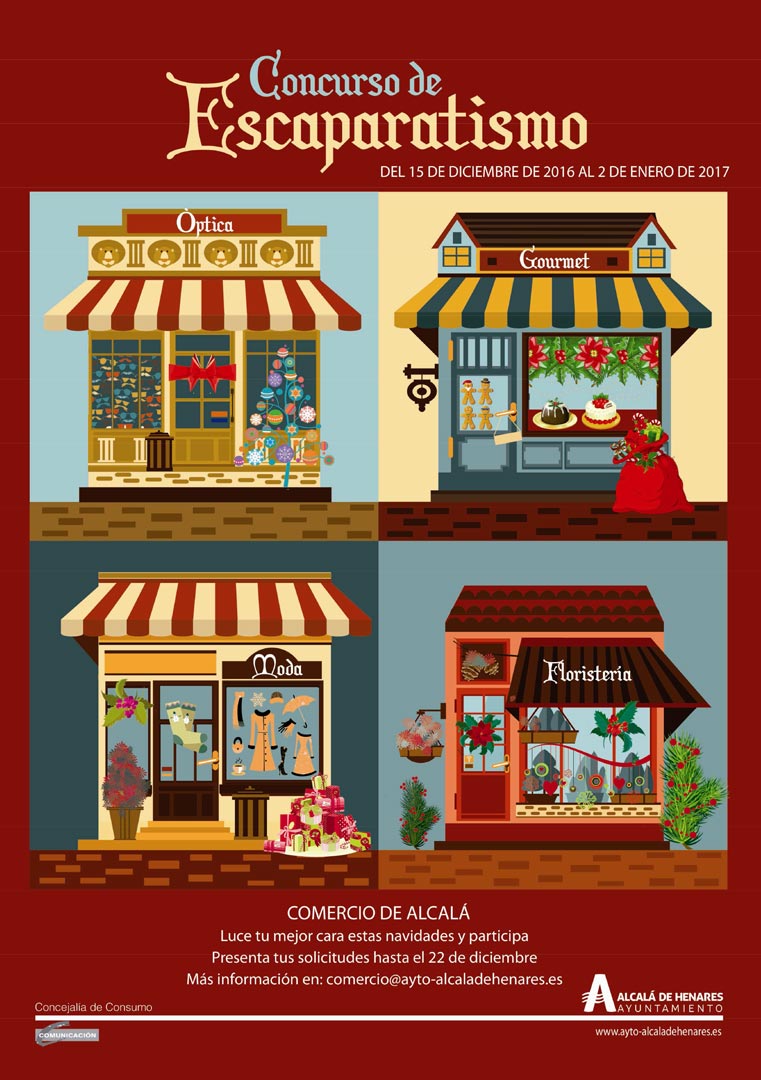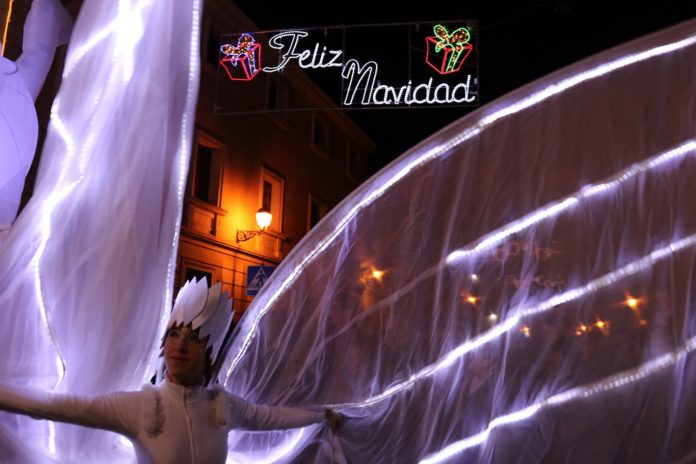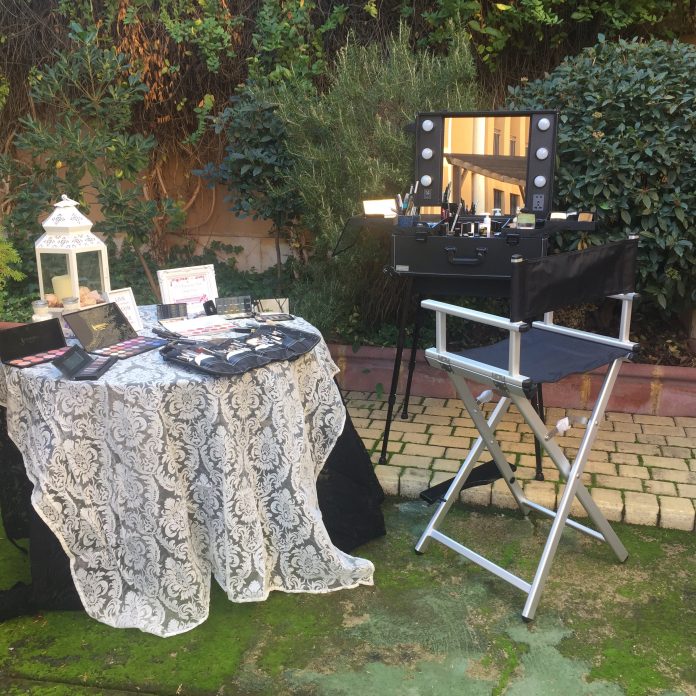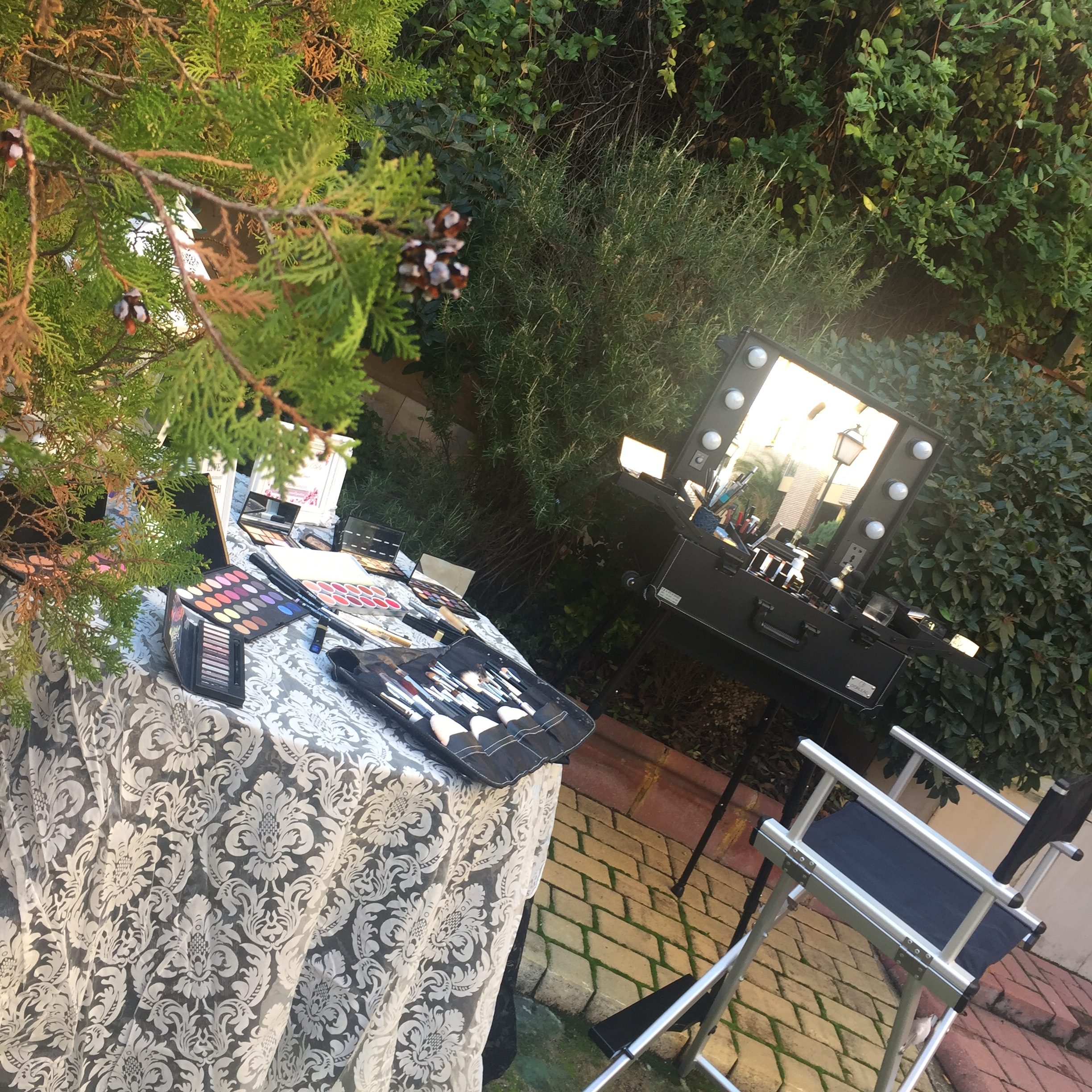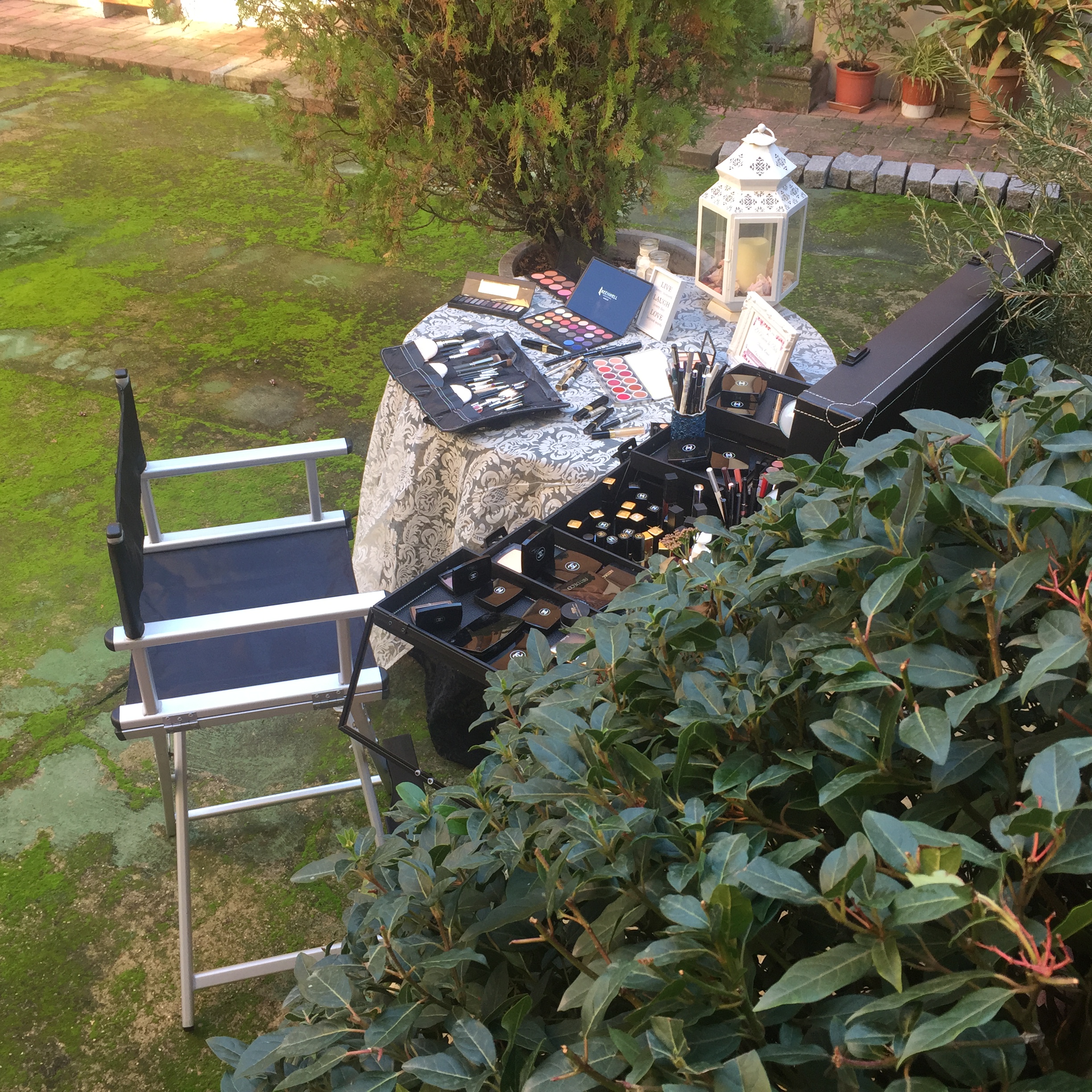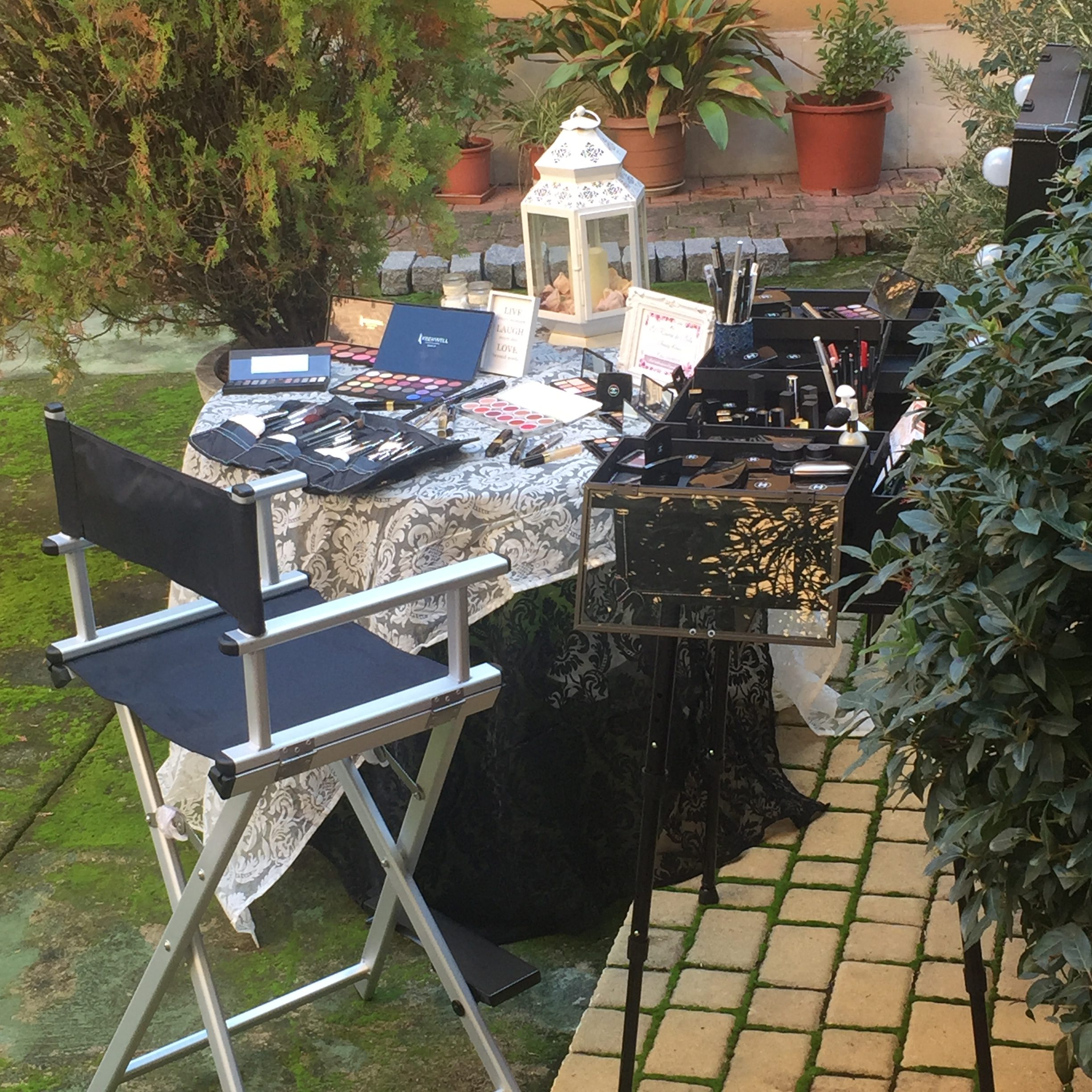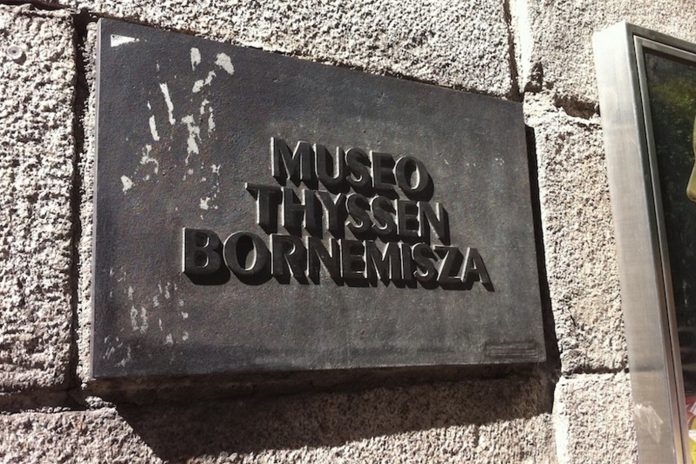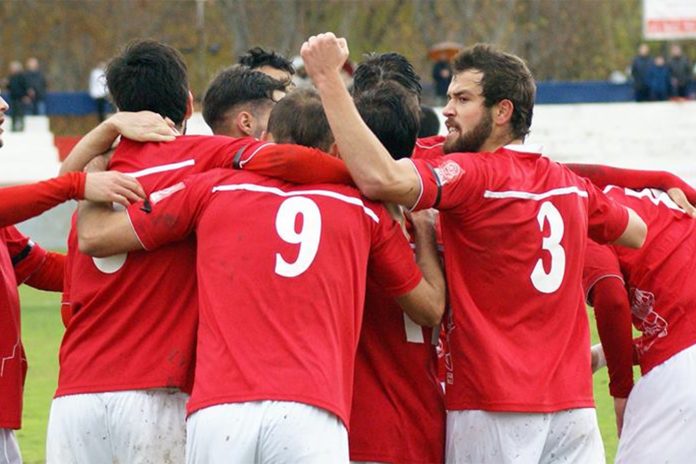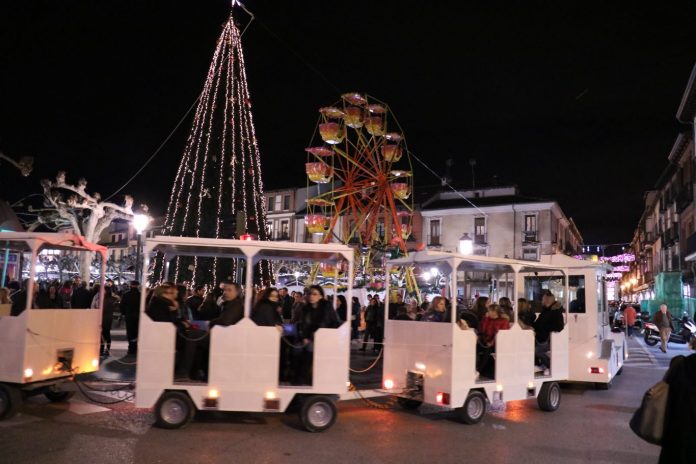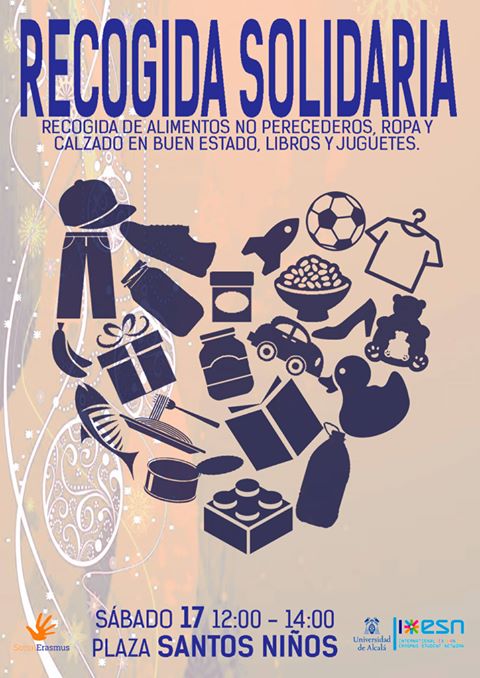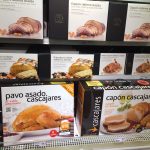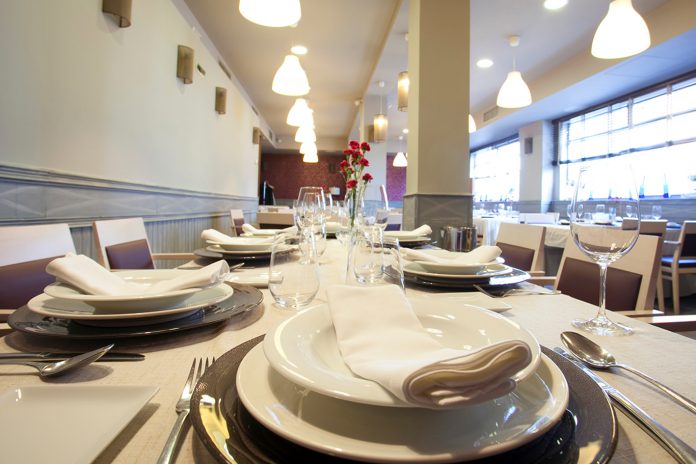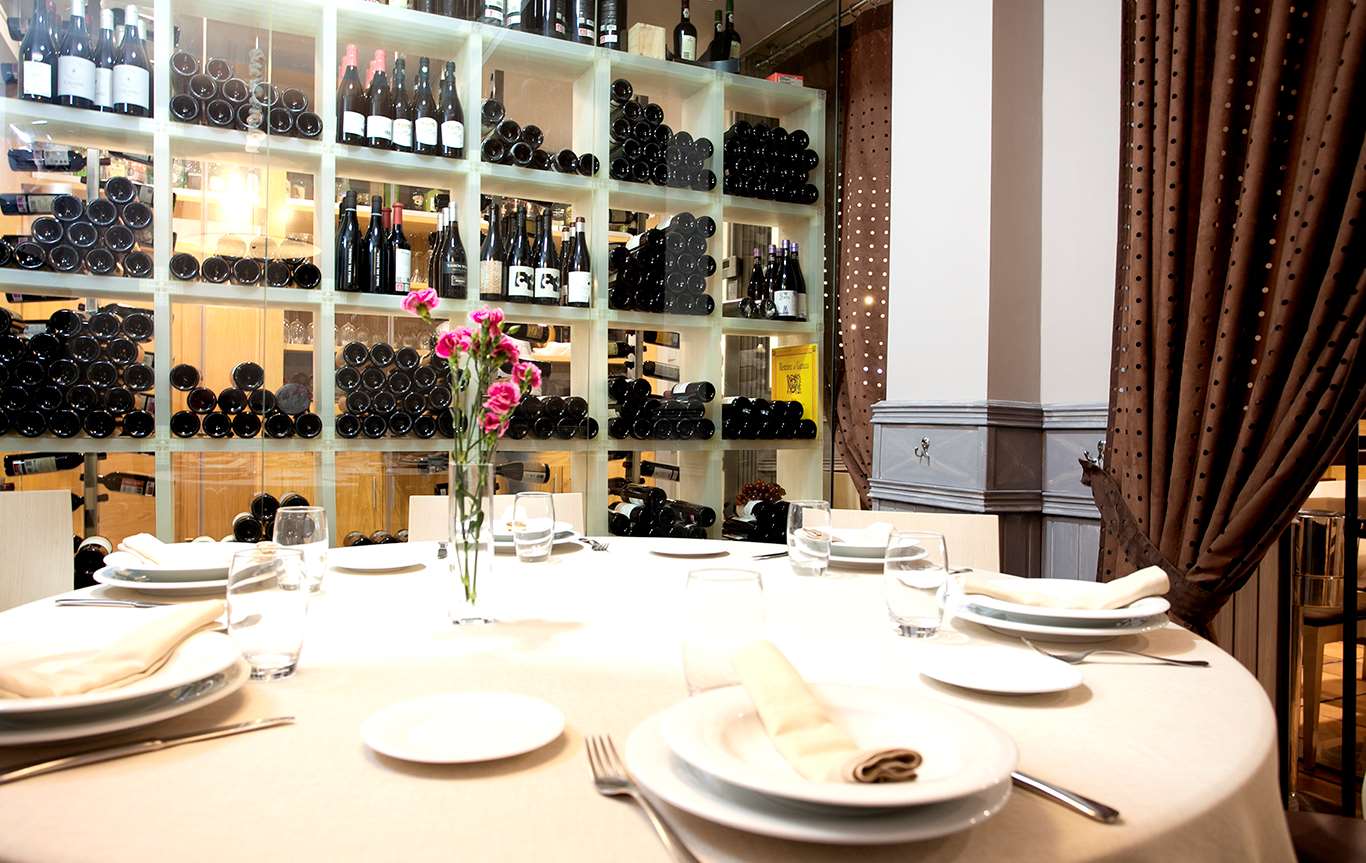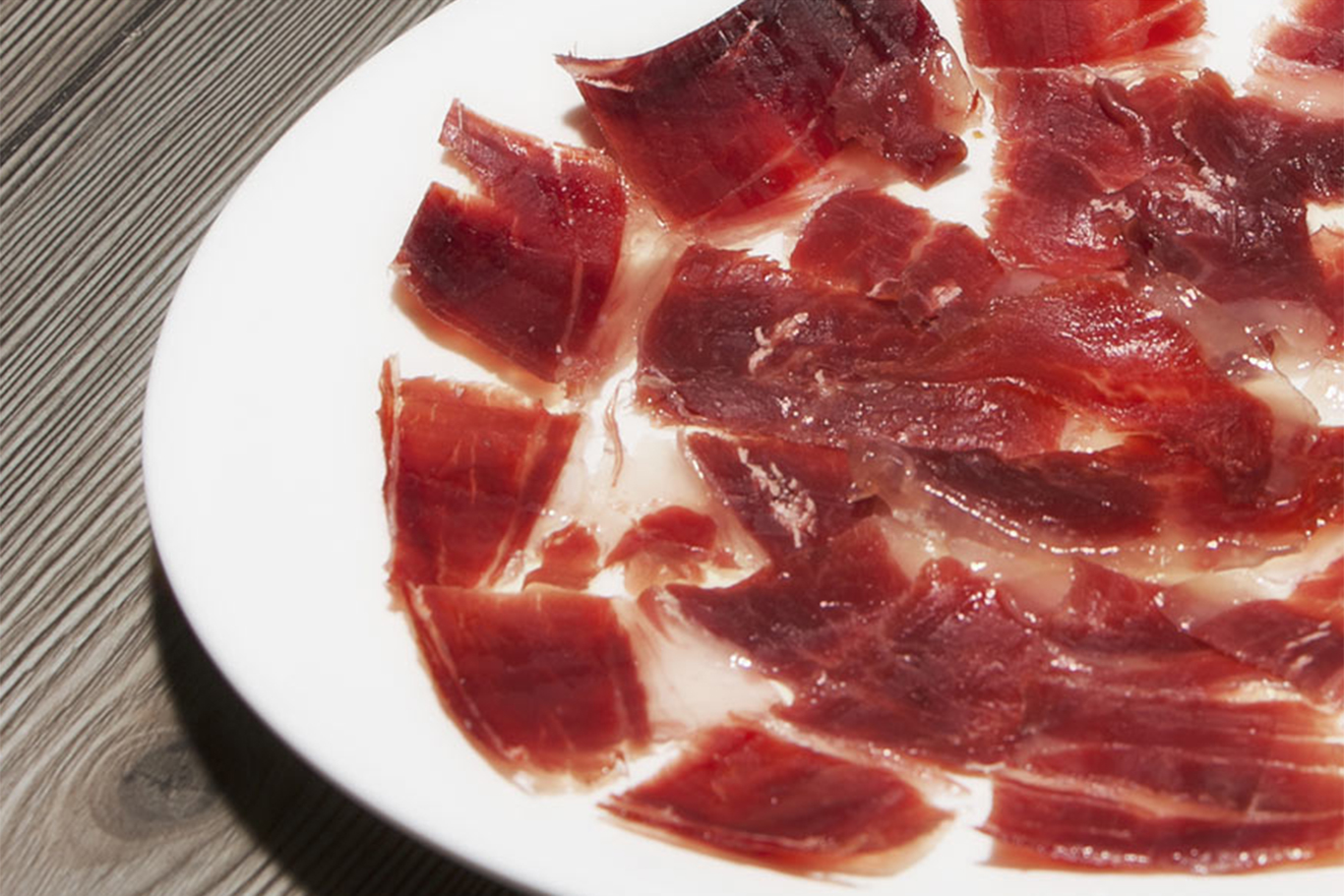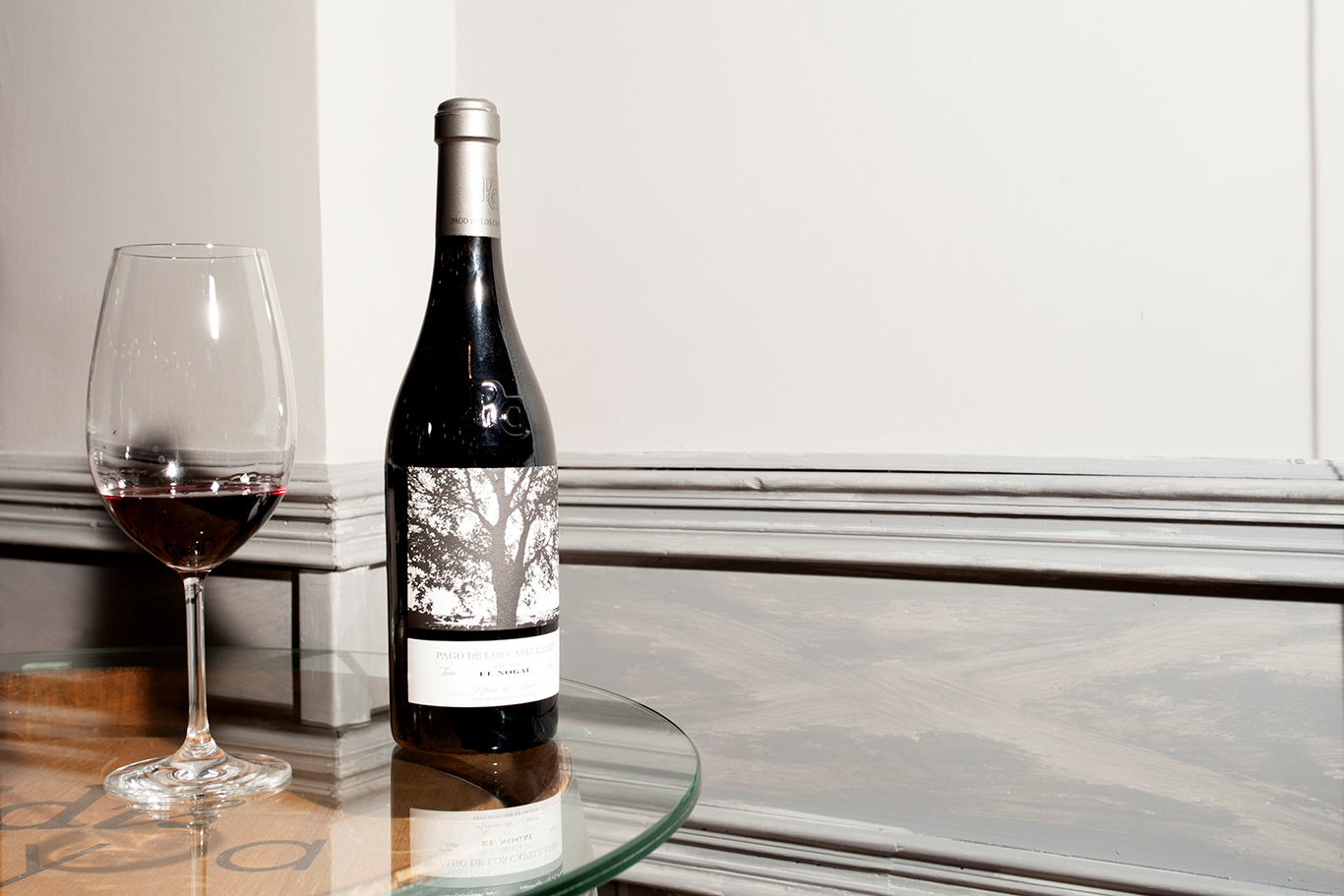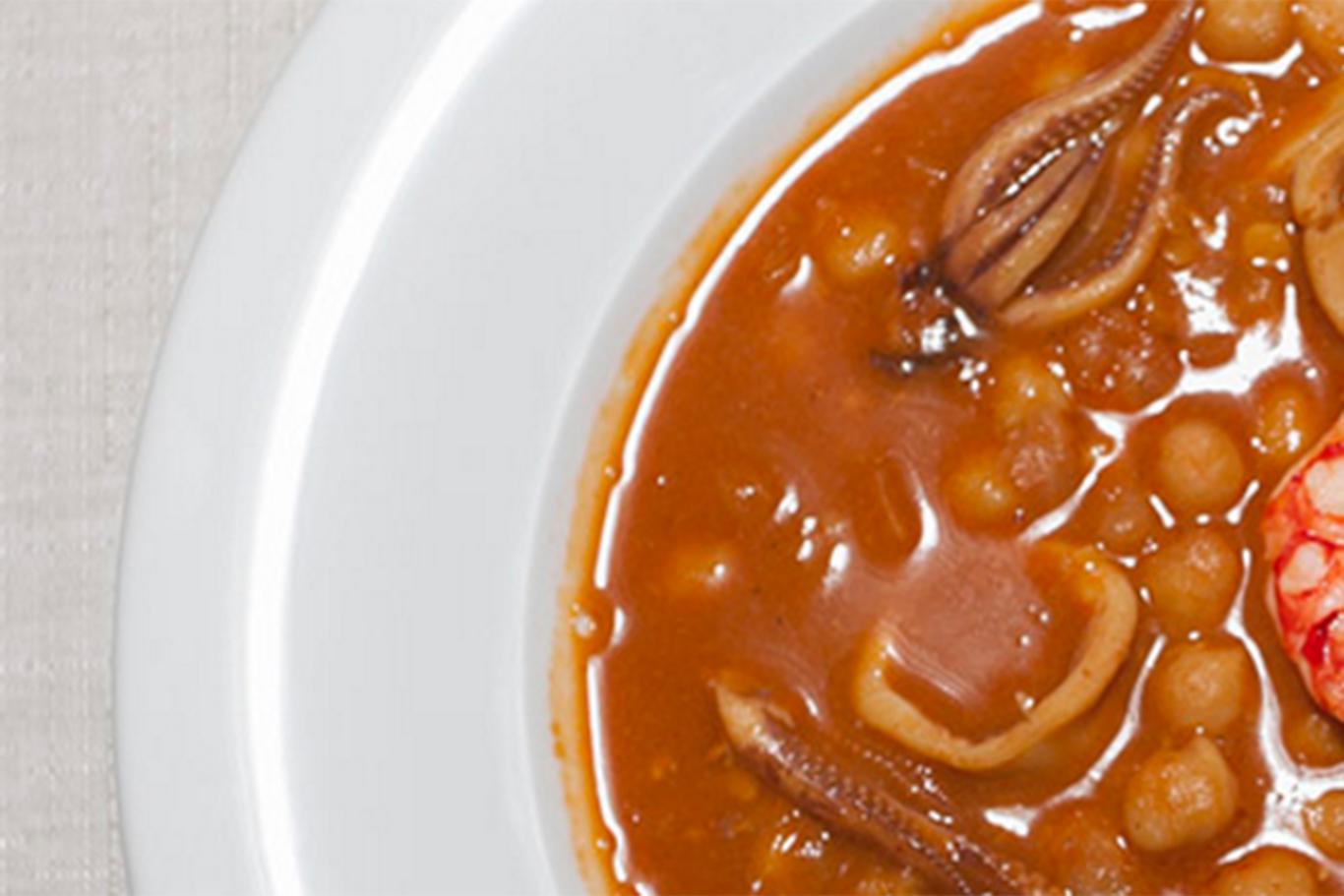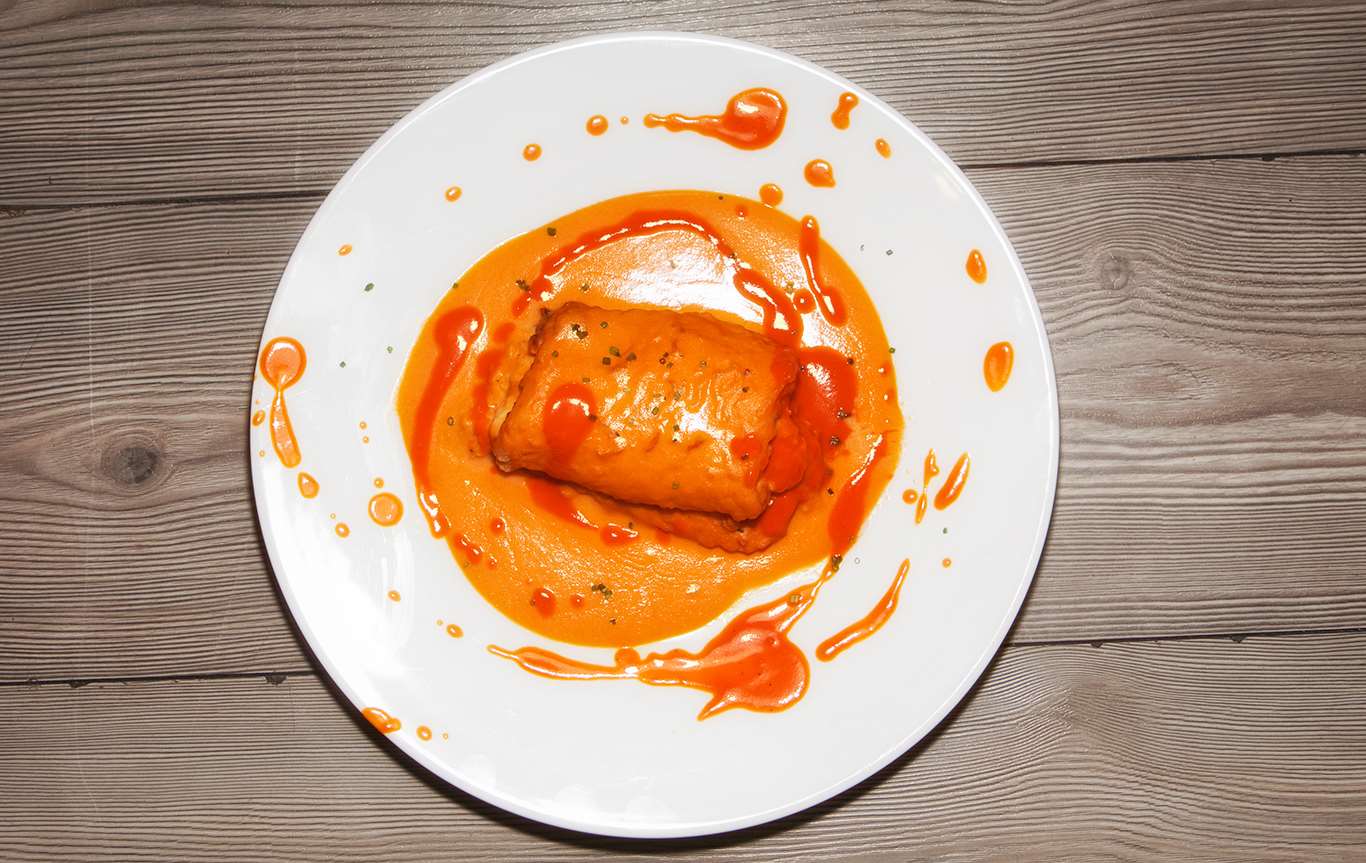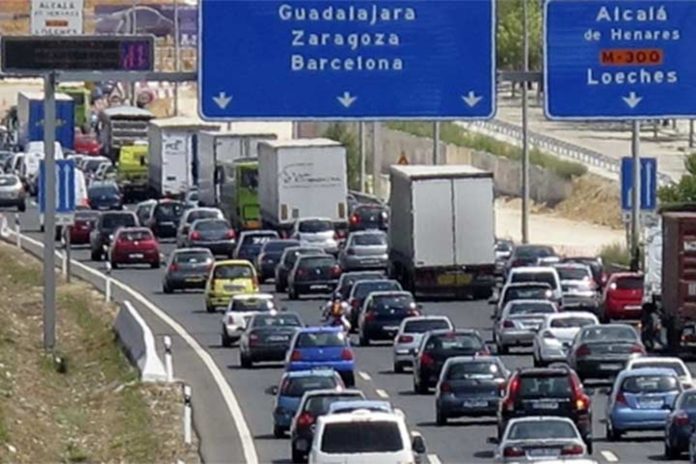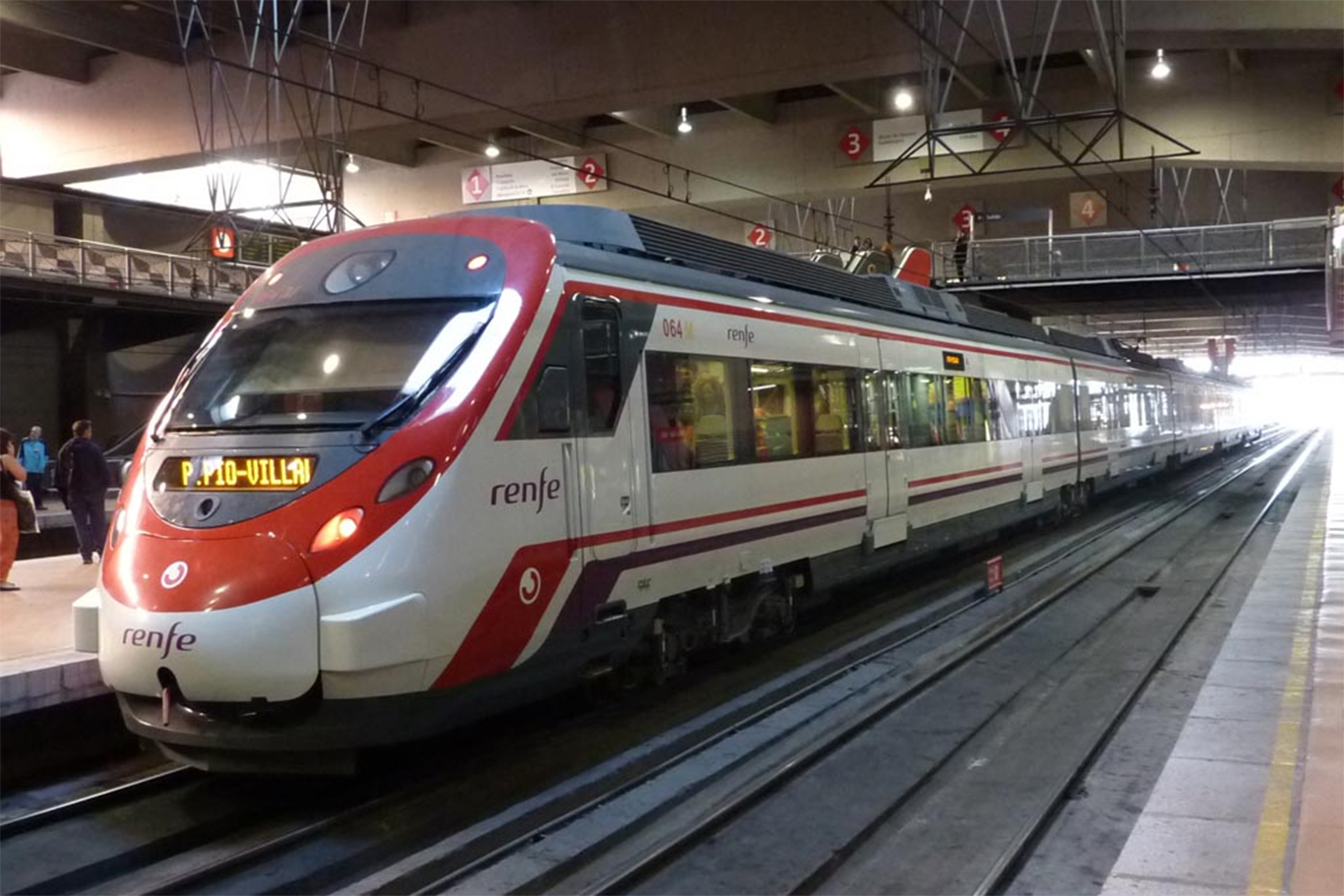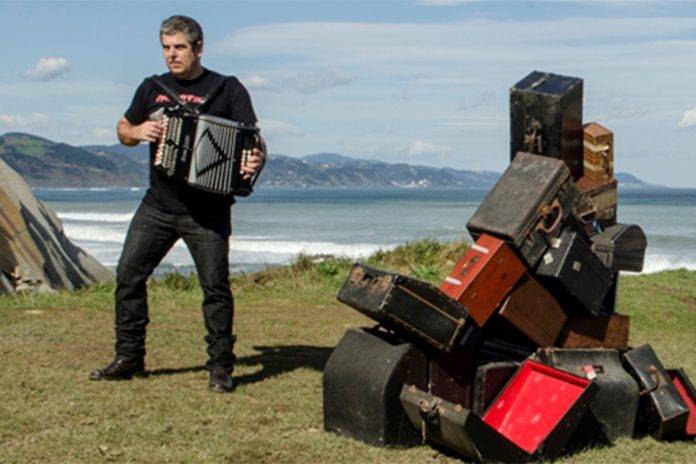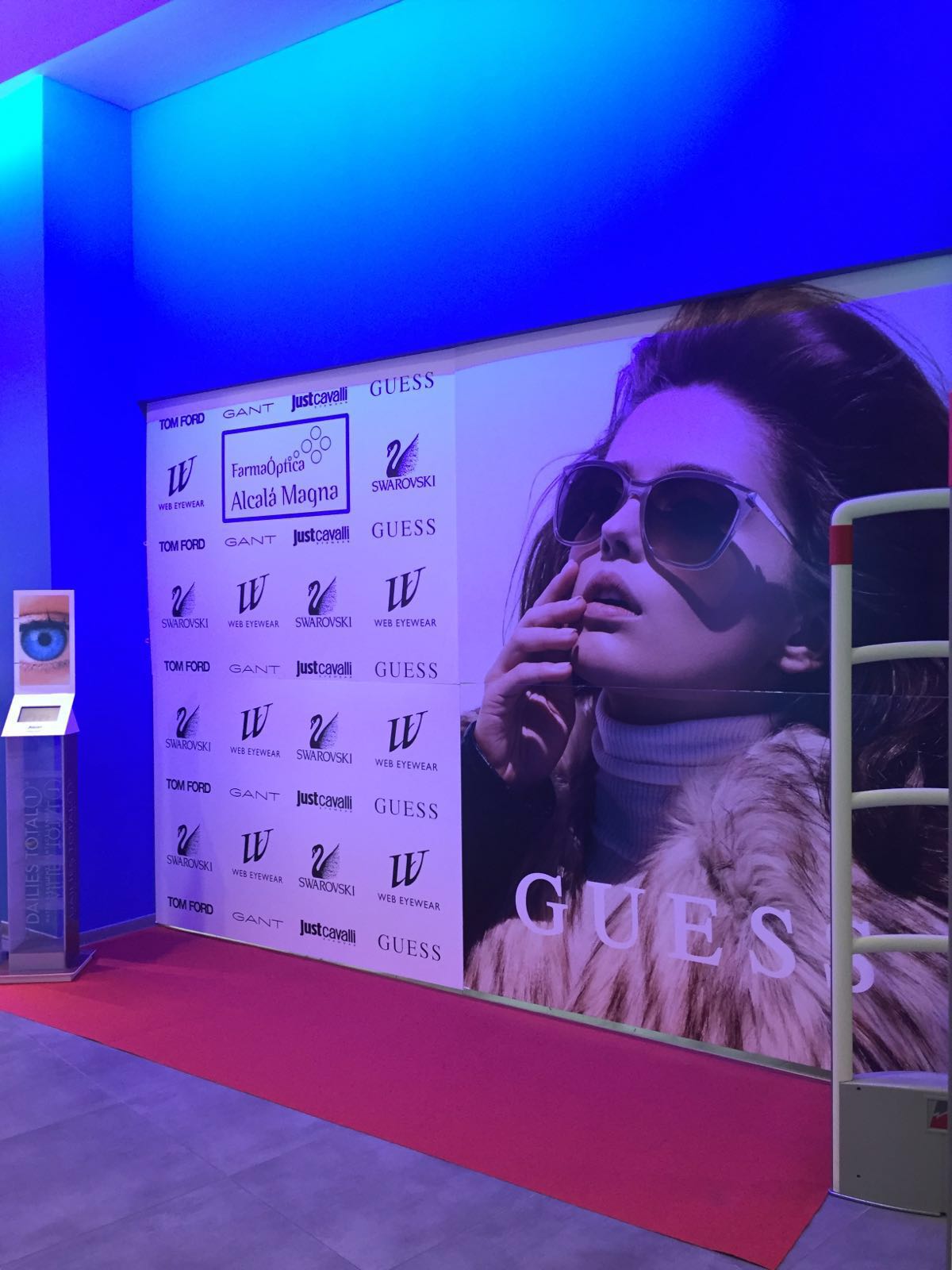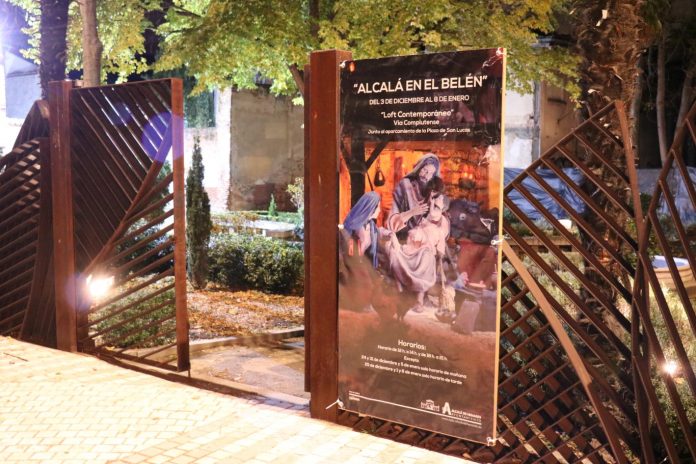El Ayuntamiento lanza por tercer año consecutivo la campaña En Navidad tu compra puede salirte gratis para dinamizar y promocionar el pequeño y mediano comercio de nuestra ciudad.
Con esta iniciativa, podrás presentar los tickets originales de las compras realizadas entre el 12 de diciembre de 2016 y el 6 de enero de 2017, y conseguir tu compra gratis y 500 euros de premio.
Con esta campaña, la concejalía de comercio del Ayuntamiento de Alcalá de Henares pretende incentivar que tanto los alcalaínos como los turistas que nos visiten en estas fechas, realicen sus compras de Navidad en los establecimientos comerciales de Alcalá de Henares.
Cómo participar
Para participar en la campaña tienes que presentar los tickets originales de tus compras realizadas entre hoy, 12 de diciembre de 2016, y hasta el 9 de enero de 2017; con un importe mínimo de 15 euros.
Tienen que ser tickets de compra, no sirven los recibos de tarjeta de crédito.
Además deberás rellenar una papeleta con tu nombre completo y tus datos de contacto. La papeleta tendrás que depositarla en uno de estos sitios:
Puntos de entrega
Concejalía de Comercio (Calle Victoria, 10, en horario de 9:00 a 20:30 –excepto del 22 de diciembre al 8 de enero que el horario será de 9:00 a 16:00 horas-).
Junta Municipal Distrito I “centro”. Calle Navarro y Ledesma, 1 (Quinta de Cervantes). Tel.: 918883300. Ext.: 3102-3122. Horario: de lunes a viernes de 09:00 a 14:00 y martes y jueves de 17:00 a 19:00. Horario: de lunes a viernes de 09:00 a 14:00 y martes y jueves de 17:00 a 19:00.
Junta Municipal Distrito II. Avenida Reyes Católicos, 9. Tel.: 918797951. Horario: de lunes a viernes de 09:00 a 14:00 y martes y jueves de 17:00 a 19:00.
Junta Municipal Distrito III. Paseo de los Pinos, 1. Tel.: 918810665. Horario: de lunes a viernes de 09:00 a 14:00 y martes y jueves de 17:00 a 19:00.
Junta Municipal Distrito IV. Calle Octavio Paz, 15. Tel.: 918305577 / 918305576. Horario: de lunes a viernes de 09:00 a 14:00 y martes y jueves de 17:00 a 19:00.
Junta Municipal Distrito V. Calle Cuenca, 1. Tel.: 918881164. Horario: de lunes a viernes de 09:00 a 14:00 y martes y jueves de 17:00 a 19:00.
Oficina de Turismo Plaza Cervantes: Callejón de Santa María, s/n. Horario: de lunes a sábado: De 10,00 a 13,30h y de 16,00 a 18,30h // Domingos: 10,00 a 14,30h. Días especiales: 24 y 31 de diciembre: 10,00 a 13,30h. Cerrado: 25 de diciembre, 1 y 6 de enero. Tel.: 918892694
Oficina de Turismo Santos Niños: Plaza de los Santos Niños, 4. Horario: lunes: cerrado. De martes a sábado: de 10,00 a 13,30h y de 16,00 a 18,30h // Domingos: 10,00 a 14,30h. Días especiales: 24 y 31 de diciembre: 10,00 a 13,30h. Cerrado: 25 de diciembre, 1 y 6 de enero. Tel.: 918810634
Casa Lizana. Sede de la Concejalia de Comercio y Alcalá Desarrollo. Calle Victoria, 10. Tel.: 918883300. Ext.: 4300. Horario: de 09:00 a 14:00.
Casa de la Juventud. Avda. Virgen del Val, 2. Horario: de 09:00 a 14:00 y de 17:00 a 22:30.
Ayuntamiento. Plaza Cervantes, 12. Horario: de 09:00 a 14:00 y de 17:00 a 19:00.
Premios
Al finalizar, se sortearán tres premios que, en todos los casos incluyen la devolución en efectivo del importe de la compra premiada, hasta un máximo de 1.000 euros por cada una.
Además, se regalará un vale de 500 euros a cada premiado, para que pueda realizar compras en el pequeño y mediano comercio de la ciudad.
En la semana siguiente al final de la campaña se realizará el sorteo y la posterior entrega de los premios. La Concejalía de Comercio llamará directamente a los premiados.
Bases del Concurso
- Participación: Podrá participar en la campaña cualquier persona física, que cumpla con las presentes bases de participación.
- Deberá presentar los tickets originales (no recibo de tarjetas) de las compras realizadas entre el 12 de diciembre de 2016 y el 6 de enero de 2017 y rellenar una papeleta, que será facilitada en el punto de entrega, con los siguientes datos: Nombre y apellidos, teléfono de contacto, nombre y dirección del comercio e importe de la compra realizada.
- Punto de entrega: más arriba tienes el listado completo de los puntos de entrega donde podrás rellenar y entregar tu papeleta.
- Fechas presentación tickets: Del 12 de diciembre de 2016 al 9 de enero de 2017.
- El importe mínimo de compra será de 15€ por ticket.
- Se podrán rellenar tantas papeletas como tickets de compra se presenten.
- Serán validos todos los tickets de las compras realizadas en todo el comercio de Alcalá de Henares, excepto los tickets provenientes de consumibles y servicios (salvo si se trata de bonos regalo).
- Premios: Se sortearán tres premios. En todos los casos se devolverá en efectivo el importe de la compra, hasta un máximo de 1.000 € por cada papeleta premiada. Además, se regalará un vale de 500 € a cada premiado, para que pueda realizar compras en el pequeño y mediano comercio de Alcalá.
- En la semana siguiente al final de la campaña se realizará el sorteo y la posterior entrega de los premios. La Concejalía de Comercio llamará directamente a los premiados.
Presentación
La presentación de la campaña En Navidad tu compra puede salirte gratis se ha realizado de manos de la concejala de comercio Yolanda Besteiro en la sala de prensa del Ayuntamiento de Alcalá de Henares.
Besteiro ha declarado sentirse satisfecha por la evolución de esta campaña, que este año entra en su tercera edición, y en la que cada año ha apreciado un aumento de la participación.
También ha destacado la ampliación del número de puntos de entrega de las papeletas a lugares como la Casa de la Juventud, las juntas de Distrito o el mismo Ayuntamiento (ver listado completo más arriba).


